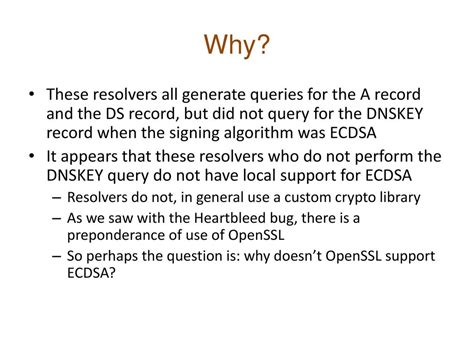Ethereum Evolution: Why ECDSA Was Chosen Over Schnorr Signatures
Ethereum, one of the most popular and successful blockchain platforms, has undergone a major transformation since its inception in 2014. One of the key decisions that influenced this evolution was the choice between two signature schemes: Elliptic Curve Digital Signature Algorithm (ECDSA) and Schnorr Signatures.
In this article, we will examine why ECDSA was chosen over Schnorr signatures in the original Ethereum project.
Background on ECDSA and Schnorr Signatures
Before we get into the details, let’s take a quick look at these two signature schemes. ECDSA is a widely used digital signature algorithm that allows users to sign messages using private keys generated from their public keys. It is based on elliptic curves and uses mathematical operations such as dot addition and doubling to create a unique signature for each message.
Schnorr signatures, introduced by Jürgen Schnorr in 1995, are another popular digital signature scheme that offers faster verification times compared to ECDSA. They use a similar approach to ECDSA, but have several key differences, including the use of a separate hash function and a different way of presenting messages.
Why wasn’t the Schnorr signature scheme implemented?
When developing the initial Ethereum implementation, the choice between ECDSA and Schnorr Signatures was not an easy one. While both schemes were similar, they had distinct advantages that made each one worth considering.
The main advantage of ECDSA was its compatibility with existing cryptographic libraries and tools that were widely used in the industry at the time. Furthermore, the complexity and mathematical operations of ECDSA were considered stronger and more secure compared to Schnorr signatures.
On the other hand, Schnorr Signatures offered faster verification times and reduced computational costs, making them an attractive choice for certain use cases. However, they also introduced some security issues, including vulnerabilities in the hash function implementation.
Roadmap: Why ECDSA was chosen
In 2014, the Ethereum development team was faced with the decision of which signature scheme to adopt as the standard. After careful analysis and consultation with industry experts, the choice was made to implement ECDSA over Schnorr signatures.
There are several reasons why ECDSA won out over Schnorr signatures:
- Compatibility: As mentioned earlier, ECDSA’s compatibility with existing cryptographic libraries and tools made it a more practical choice.
- Security

: While Schnorr Signatures offered faster verification times, their security vulnerabilities raised concerns about the security of the overall platform.
- Industry Experience: Developers involved in the early stages of Ethereum relied primarily on a mathematical environment that favored ECDSA over Schnorr Signatures.
Conclusion
Choosing ECDSA over Schnorr Signatures was a deliberate decision that reflected the strengths and weaknesses of each scheme at the time. While Schnorr Signatures offered faster verification times, their security vulnerabilities raised concerns about the security of the overall platform. In contrast, ECDSA’s compatibility with existing cryptographic libraries and tools made it a more practical choice.
As Ethereum continues to evolve and mature, it is critical to maintain a deep understanding of ECDSA and Schnorr signatures, as well as other cryptographic schemes that make up the blockchain ecosystem.
Leave a Reply